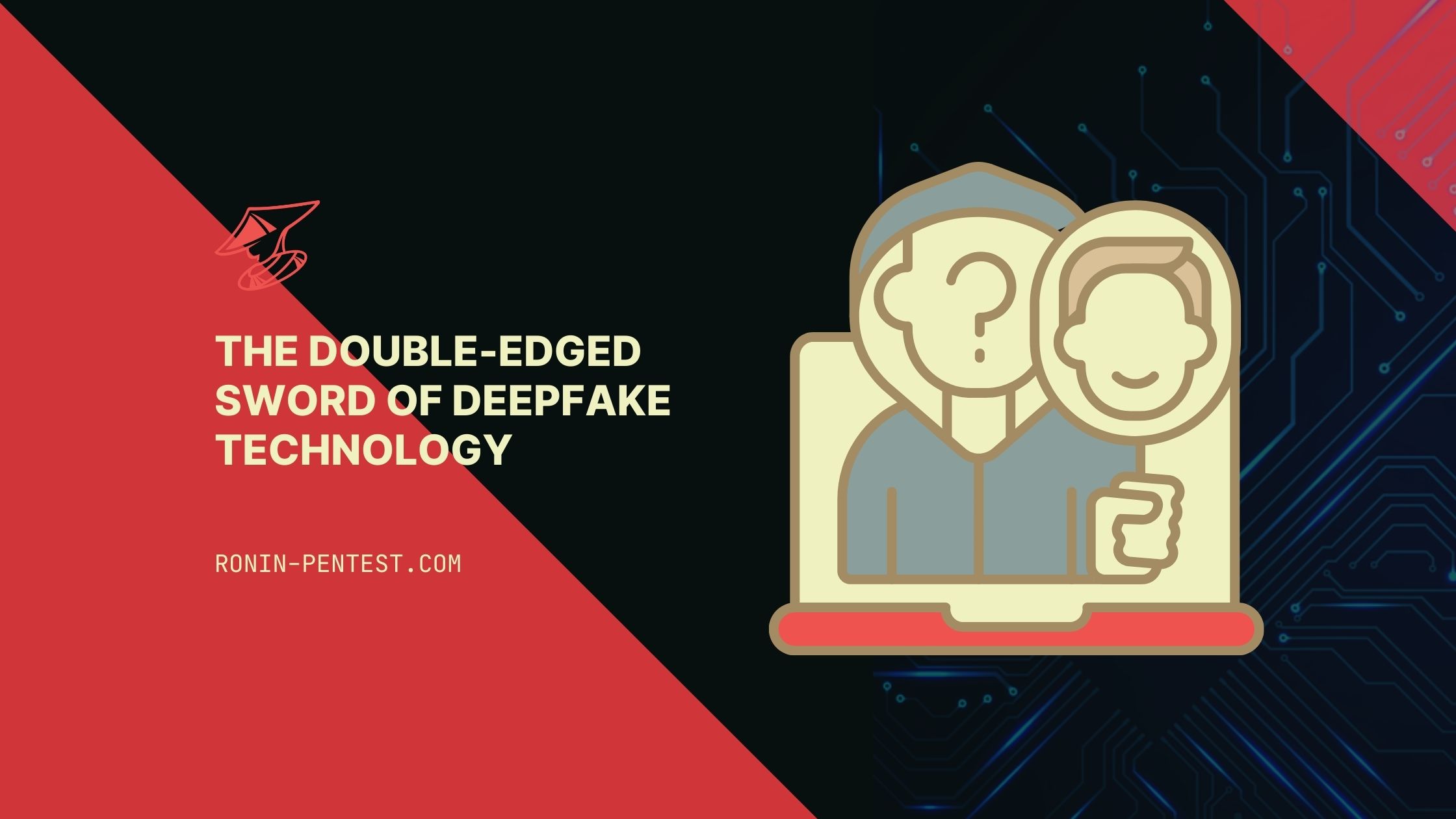The Double-Edged Sword of Deepfake Technology: Navigating the 2024 Landscape
by Ben Brown | 05/15/2024

by Ben Brown | 05/15/2024

In an era where seeing is no longer believing, deepfake technology has emerged as a formidable tool with the power to manipulate reality. Originally developed for legitimate applications in entertainment and education, deepfakes have increasingly become a tool for misinformation, fraud, and cyber threats. As we venture deeper into 2024, understanding the dangers posed by this technology is crucial for both individuals and organisations aiming to safeguard their information and reputation.
Deepfake technology involves using artificial intelligence (AI) to create or alter video and audio recordings that appear startlingly real. This technology can synthesize human images and voices, making it possible to produce content where individuals appear to say or do things that never actually happened. The sophistication of these tools has reached a point where the line between reality and fabrication can be indistinguishable to the untrained eye.
The proliferation of deepfake technology has led to its adoption in various malicious contexts. Here are a few ways deepfakes pose a risk in today’s digital landscape:
In the realm of information security, deepfakes can be used to create misleading content that can severely damage reputations, manipulate stock prices, or even influence political outcomes. This misinformation can spread rapidly across social media, with the potential to cause public harm before being verified and debunked.
Cybercriminals can use deepfakes to impersonate trusted figures or key personnel in video calls, voicemails, or other communications, tricking individuals or employees into divulging confidential information, transferring funds, or granting access to secure systems. This form of identity theft not only leads to financial losses but can also compromise the integrity of corporate data.
Deepfakes can enhance traditional social engineering tactics by lending credibility to phishing campaigns. By creating videos or audio recordings that mimic the speech patterns and visuals of specific individuals, attackers can effectively convince victims of the legitimacy of their fraudulent requests.
Mitigating the risks associated with deepfake technology requires a multifaceted approach. Here are some strategies that can help protect against deepfake-related security breaches:
Organisations should implement robust verification processes to confirm the identities of individuals in sensitive interactions. For example, multi-factor authentication and follow-up calls or emails can help verify unusual requests or transactions, especially those initiated via digital communication.
Investing in AI-driven detection tools that can identify deepfake content is critical. These tools analyze videos and audio for signs that they have been manipulated, looking at inconsistencies in facial movements, lighting, and speech patterns. Staying updated with the latest advancements in detection technology is vital, as the tools to create deepfakes continuously evolve.
Educating employees about the existence and characteristics of deepfakes is essential. Awareness training should include examples of deepfake tactics, particularly those relevant to the employee's specific role and industry. Training should also reinforce the importance of scrutinizing communications and verifying their sources.
Developing clear policies that outline how to handle the receipt of suspicious communications can empower employees to act appropriately. These policies should include protocols for reporting potential deepfake incidents and guidelines for escalating concerns to the appropriate internal teams.
As we navigate through 2024, the importance of understanding and addressing the risks posed by deepfake technology cannot be overstated. This technology, while innovative and beneficial in certain contexts, presents significant challenges in the realm of cybersecurity. By adopting comprehensive strategies to detect, respond to, and prevent deepfake-related attacks, organisations can protect themselves from the potentially devastating consequences of this emerging threat.
In conclusion, while deepfake technology continues to evolve, so too must our strategies for dealing with its risks. Maintaining vigilance and staying informed about the latest detection technologies and countermeasures will play a crucial role in securing our digital future against the misuse of this powerful tool.
Start scanning your projects for free. You will get a free breakdown of your security status. Start securing your future now.
Get started